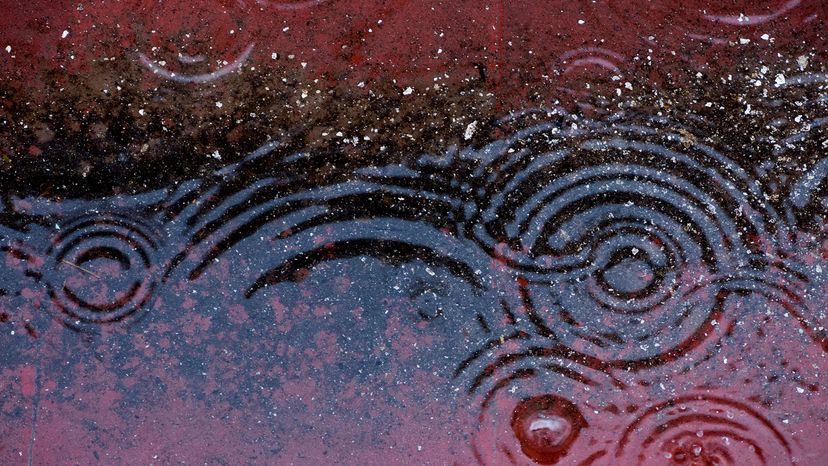
If you've ever been to places with humid climates, like southern Arkansas on a hot July day, you're familiar with incredible mugginess, a borderline hallucinatory experience where you feel like you're walking in a stew of your own perspiration.
But there's more to understanding that clammy, gross feeling than simply glancing at a weather forecaster's humidity reading. Humidity can be measured in several ways, but relative humidity (RH) is the most common.
Advertisement
To really get a grasp on how humidity affects your health, home and sanity, you need insights on the types of humidity (absolute and relative), as well as the concept of dew point.

